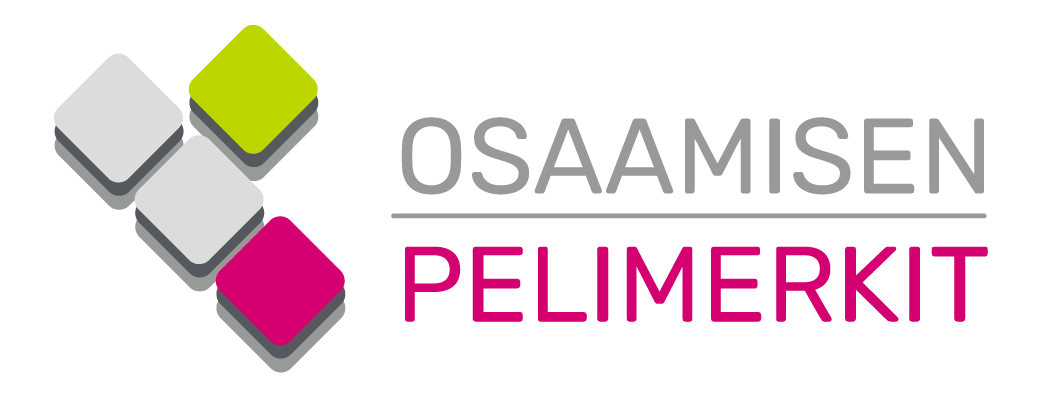Lue tämä suomeksi
Laurea’s bachelor of business administration students took up the role of producer on game development teams in the Capital Region Game Project in the fall of 2019. More familiarly CRGP is being implemented as a joint course with Metropolia, Haaga-Helia, Laurea, Stadin AO and Amiedu. Blog writers Annamaija, Heikki, Henni and Lauri share their experiences during the fall as producers in the game development teams.
Author: Henni
As with every book, movie or even invention, first you need a person or a community who has an idea for a new game.
What are the steps that make an idea into a playable entity and what separates good ideas from the ideas that remain on the bedside table? In this post I will introduce the key steps of the most important stages of game development not focusing too much on the technical section.
Nowadays it is possible to make a game without reinforcements or without a detailed plan – but very few are the games that result from such action. Game development has evolved from a one-man recreation to a collaboration of a large team in which every individual presents his or her skills in different stages of game development. This change has come due to the fact that game industry has growing demands and technology is rapidly progressing (8).
Responsibility for the plan and schedule
The role of the game designer is important in bringing out the idea of the game and perceiving the big picture of making the game. Idea of a game doesn’t in itself mean that it is worthwhile producing. Therefore, it is a good to draw a template that puts together the factors that influence the games play and visual appearance before implementation (8).
Producer or project manager brings a determined administration into the game team to keep the project in schedule and make it profitable.
Content of a game is the responsibility of programmers and artists. The bunch of artists often includes people from different expertise such as graphic artists, music and sound effect creators and even possibly a screenwriter. It is the job of the artists to bring the visual appearance of the game into line with the designer’s vision (8).
Code in order!
The programmer aims to implement the design and artist visions of the game and how it is run with code. Regardless of the game platform each game is backed by the combined input of several programmers. The game programmer gives instructions to the machine in programming language to achieve the desired result.
Among that, programmer is also responsible for:
- Tracking and fixing possible errors
- Game updates
- User interface
- Artificial intelligence
- Sound programming
There are numerous jobs and rapid development in the gaming industry which requires the programmer to be constantly trained and to be capable to be renewed. It is usually the case that the programmer specializes in one or few aspects of game programming (1).
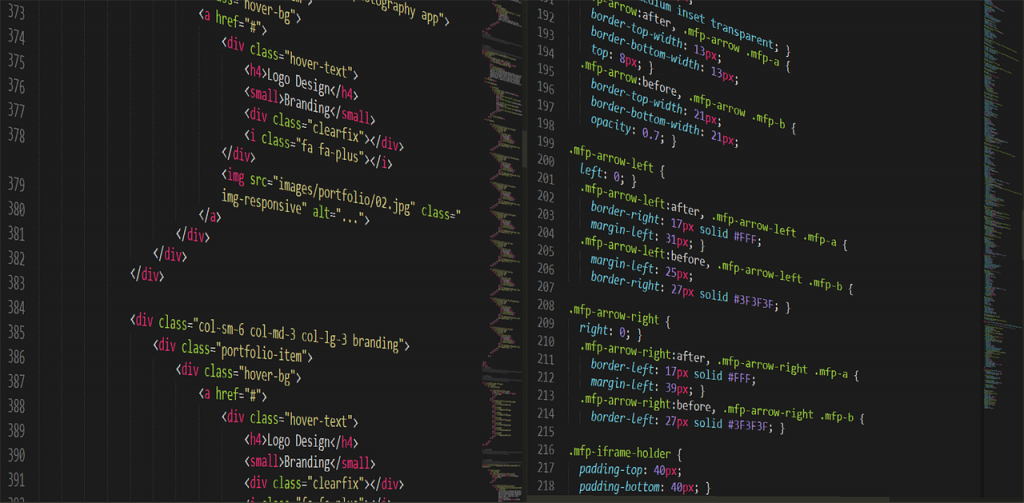
An artistic view on how games are made
In terms of developing a game, the artists bring the mood of the game that designer seeks to the game. It is the artists job to create the game world to its visual splendor. These elements include:
- Characters
- Character expressions
- Appearance
- Colours
- Game landscaping
- Game consept art
In the gaming industry artists have many different jobs just like programmers. And a lot depends on the size of the employer company on how many jobs is the artists working on. Smaller companies want the artist to master all aspects, while larger companies often need to focus and invest in a particular area.
A concept artist creates a concept for the game. His or her professional skills are often needed right from the beginning of game development to get an idea of what is going to be done. A concept artist is often not involved in the game making itself. Of course, a concept artist can have more than one area of expertise so he or she can also take part in other stages of the game.
3D artists create characters, objects, possible furnishing and everything we see in the game. 2D artists add texture to the characters and landscape created by the 3D artist. In their hands the games the main character gets long shiny hair, the walls of the house look wooden and the dragon gets realistic scales. In addition to 3D and 2D artists the game team often includes artists in charge of landscaping, lighting, effects and animation (4).
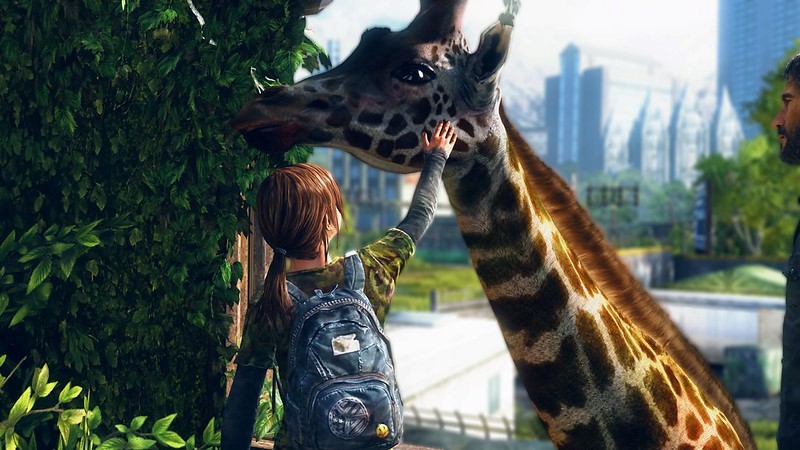
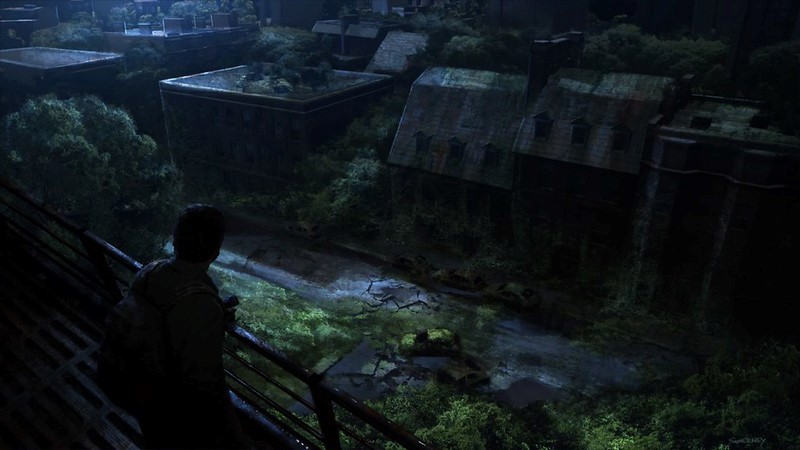
Sound and music bring the atmosphere to the game
Sound effects and the music you hear in the game are decisive for the mood of the game. Everyone who has ever played games knows how much music can bring “that something” to the game. Or alternatively make the player mute the game and turn on their own music.
The music of the game is the responsibility of the composer. Composer along with the artists creates the world of the game as desired. Composer produces background music, soundscapes and thus contributes to the game atmosphere.
The sound effects manager creates different sound effects for different situations in the game. It can be the buzzing wind in the background, the sigh of the games character in a stalemate or even a simple sound like a single click when the player pauses the game.
Importance of documentation
Right from the game idea, recording things is important for every stage of the game project. It is never too early to start documentation!
Plot summary is the first official document in game development. It should contain information such as:
- Name of the game
- Description of what the game is, is it for example a platform game or a fierce battle against pirates where you have to cannon your opponents ship?
- Why is this game being produced, will it bring something unprecedented to the market, perhaps there is nothing alike in the game markets yet?
- Game vision and core goals
- Target audience should be thought right from the start of the game and be written down in early documentation. Who will play the game when it is finished? Target group is also very determined on the future marketing efforts to market the game to the masses
- Methods from the implementation of the game to its tools and methods. What platform is the game being made, what platform is it to be played on, who does what and what skills are important in game’s production?
Plot summary is made to support a later stage game plan and is much more relaxed and easy-to-read version of that. Plot summary doesn’t go into technical terms and is not meant to be a 300-page guide (8).
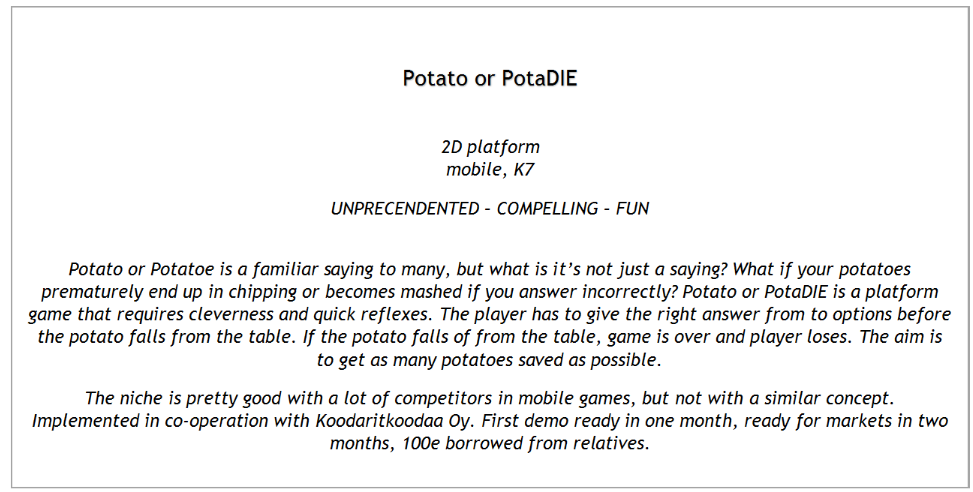
Awesome! Now the game idea has been picked up in the form of a short brochure. So how do you move on from this? There are many options for it and none of them is more correct than the other. Plot summary is recommended to have third parties evaluated as soon as possible. Foreign interpretation often helps to identify potential deficiency and development targets that are important to be aware of right from the start. The game can also be made a prototype prior to a brief game design document (8).
Brief game design document (BGDD)
However, before making the actual game design document, it is a good idea to design a brief design document aka BGDD. As its name implies, BGDD is a simpler version of the game design document and is based strongly on the plot summary using the things dealt with in it and telling them in more detail. In addition to the items found in plot summary, the BGDD includes:
- Description of the game world
- Field design
- Game layout
- Atmosphere
- Background story
- Goals
- Rules
- Game mechanics
- User interface
- Game elements
- Starting situation
- Features
- Marketing
- Technical requirements
- Game production and resources (8).
Game design document (GDD)
Game design aka GDD is the soul of the game and it connects the programmers and artistic side to the same common mission, which is a ready-to-play game. It describes each feature of the game, what the implementation requires and who does it. GDD should be made as accurate and detailed as possible with no need to worry how many pages it has. The more specific the GDD is made – the easier the games production phase will go. GDD is aware of the potential challenges and it supports not only game development but also financial and marketing side of the game (8).
Prototype
Making a game is tricky and even more difficult is getting it on the market. It is a good idea to contact a publisher. However, every publisher wants to see something concrete and very few are the ones who have made a publisher interested in a game with game plan (3).
A games prototype should stand on its own feet without having to demo it yourself. If you feel that the game is not at that stage yet, maybe you should wait on contacting external publisher (3.)
Too often making a prototype of a game is started too late. It is a good idea to make the first prototype as soon as the plans have been documented and visual concept art is ready. There are no limitations to creating a prototype and the cheapest can be accessed even with post-it tags or a play about the game and its plot. The prototype should reveal the game world, the game mechanics, the elements and the overall look of the game. What feelings do you get when you play the game? Does it take the player to another world or is it meant to get the player hooked on the fast-paced survival game? (8).
The more advanced version of the prototype is an idea demo, which usually catches the publisher’s attention and especially his or hers money. Idea demo is already advanced version from a prototype where you can play a certain amount of the game. It aims to create interaction with the game and does not have to be finalized yet (8).
Many stages of testing
It is a good idea to start testing as early as possible and list all the bugs discovered for the entire team to see. List of discovered things should be reviewed regularly in team meetings. It is good to chop down the features you are testing into small parts so that testers can focus on the right things. It is also good idea to create testing tools in the early stages of game development to save you a lot of trouble later (12).
Alpha testing is done towards the end of the software development but before any outsider can test the game. The test is performed in laboratory conditions ja the testers are often employees of the company. The Alpha game testing is conducted with the normal player in mind, thus identifying any problems that may arise (5).
Beta game testing is done in the right environment. Even at this stage the game is not yet complete, though it is already dared to show outsiders. Testing to this point is no longer a hidden walk-through of the game in a dark cellar. Game is taken to the real future players homes, phones and devices to let them play it. At this point even the most recent bugs will be revealed and fixed. And even more valuable than gold – testers get precious information and data on how the game is played and whether there is room for improvement. There are a few different ways for beta testing, but each of them has the same mission, just player based changes (5.)
Testing can be challenging, time-consuming and seemingly useless but it can give you data that you don’t get from anywhere else. This data can determine whether a game will succeed. Even if the mechanics of the game work, characters are visual and music would be the crown of the game perfectly, none of those are significant if the final gamer does not enjoy the game (5).
Game publishing
In addition to the game idea created by the game designer and the team needed to create the game, you need a game publisher. Publishers role differs from the game designer’s role in that the publisher usually puts money into developing and publishing the game. In most cases the publisher may be an employee of a large game production company or a private individual with an interest in financing games or game industry in general (11).
There is a term for games that are released without major investors or publishers – indie games. In some gaming circles, these games are even more popular than games made by massive production companies. A good example of this is the platform game called Celeste. Created by Matt Thorson and Noel Berry which sold over 500,000 copies in its first year of release (6).
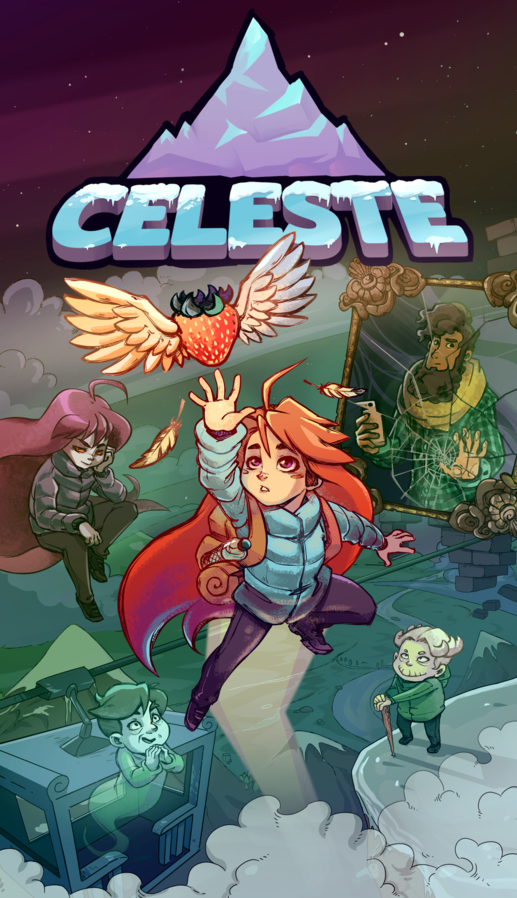
What happens after the game is released?
The development of the game does not stop with its release. The game is constantly updated.
The gaming industry has grown explosively in the last decade and according to Newzoo (9) the gaming industry was worth of $152.1 trillion in 2019. In addition to financiers, analysts are also interested in the gaming industry. Data, information and analytics are collected from the players. And by this I do not mean stealing players personal information or hacking them, but rather collecting data for marketing and development.
There are two ways to collect user data. One can directly ask game users questions that provide personalized answers to targeted questions. Second way is usually used to improve games and it is big currency in the gaming industry. Information of the players is collected inside the game: what do players do, what influences the decisions made in the game? Players are profiled and their decisions within the game may even have a direct impact on the process of the game. Game data can also be used to target advertising (10).
Players can also be hooked to the game with new upgrades, new cooler worlds, characters or elements. This has the potential to generate additional revenue and increase enthusiasm and interest in gaming world. For example, Clash Royale released a new add-on during their update which increased the games revenue 68% in 30 days (7).
Would I work in the game industry?
Direct answer, no. You have to be a certain type of person to enter such a field – whether it was the role of the coder, the producer or even the tester of the games. From a game idea to game launch, it really requires a lot of people to seamlessly collaborate, skill, money and maybe a little luck too. Being in the game industry requires enormous interest in the games and industry itself and the devices used. I myself never dreamed of being part of this world and I couldn’t imagine working there either. I’ve never played games more than Spyro when I was a little child. Under pressured… Having said that the project did not completely expel me from game industry, but neither did it wake up my interest. Yes, my appreciation for the game industry increased and my eyes opened to how much work is done on each game before it ends up in customers hands.
Sources
- Ammattinetti.fi -webpage, 2019. Peliohjelmoija. Referred 19.10.2019.
- Baldwin, M. 2015. Game Design Document Outline word- tiedosto. Luettu 16.10.2019. Baldwin Consulting.
- Bierwith, S. 2019. How to pitch a game to publishers? Modusgames.com -webpage. Referred 16.10.2019.
- CareerExplorer.com -webpage, 2019. What is a Games Artist? Referred 19.10.2019.
- Guru99.com -webpage, 2019. Alpha Testing Vs Beta Testing: What’s the Difference? Referred 13.10.2019.
- Khan, Z. 2018. Playstationlifestyle.net -webpage, Celeste Has Sold Over 500,000 Copies, ‘Farewell’ Levels Announced. Referred 19.10.2019.
- Kiiski, E. 2019. Gamerefinery.com -webpage. Product: analyzing game updates with Update Impacts. Referred 19.10.2019.
- Manninen, T. 2007. Pelisuunnittelijan käsikirja, Ideasta eteenpäin. 1 Painos. Kustannus Oy Rajalla
- Newzoo.com -webpage, 2019. Key numbers. Referred 16.10.2019.
- Schweitzer, M. 2019. Polygon.com -webpage. The dangers of in-game data collection. Referred 16.10.2019.
- Trowe, P. 2018. Medium.com -webpage, The difference between a video game developer and publisher. Referred 16.10.2019.
- Suomela, J. & Miettinen, B. Luento 24.10.2019. Arcade5, Helsinki
